Nestled within the green landscapes lies a treasure trove of tasty – fruits in Vietnam that are not only colorful but also full of unique flavors. From the sweet joy of mangosteens to the refreshing bite of dragon fruit, let’s join VTJ on a delightful journey through Vietnam’s diverse and flavorful fruit kingdom.
1. Măng Cụt (Mangosteen)
Mangosteen, one of Vietnam’s unique fruits, is in season from May to August. You can easily find this fruit with its thick purple rind and soft, tangy flesh in supermarkets and from street vendors across Vietnam.
How to enjoy it: Simply give the fruit a gentle squeeze, twist the shell apart, and pull out a pod to savor its delightful flavor. Be cautious of seeds in larger pods. Mangosteen is delicious on its own or can be added to a tasty southern salad called gỏi măng cụt.
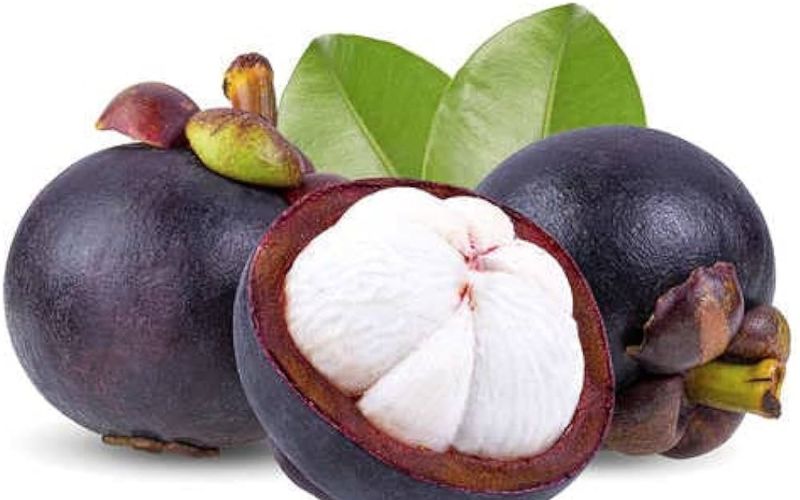
2. Khế (Star Fruit)
Ripe and golden star fruit is a refreshing and juicy treat that many people enjoy. You can often find this tangy delicacy year-round, especially in the Mekong Delta.
How to enjoy it: Simply slice the star fruit horizontally to create perfect star-shaped snacks. The thin, waxy skin is edible and just needs a quick rinse before slicing. You can also find star fruit in a home-style sweet and sour fish soup called canh chua cá.
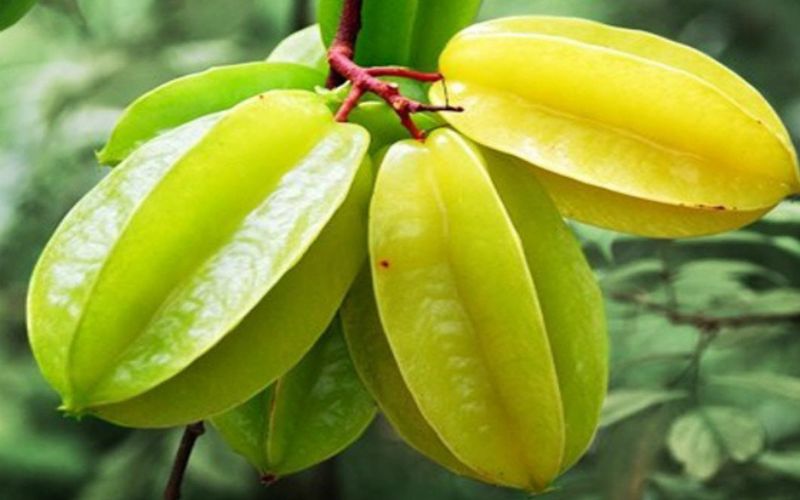
3. Chôm Chôm (Rambutan)
When it comes to fruits in Vietnam, mentioning the Rambutan is a must. Rambutan, meaning ‘messy hair,’ is as delightful as it is colourful. With a full of life and hairy exterior, it hides white translucent flesh with a mild sweet and sour flavour, similar to a grape.
How to eat it: Vietnamese people enjoy rambutan as a healthy snack. Give it a slight pinch and twist to reveal the flesh. If peeling is difficult, let it ripen a bit longer.
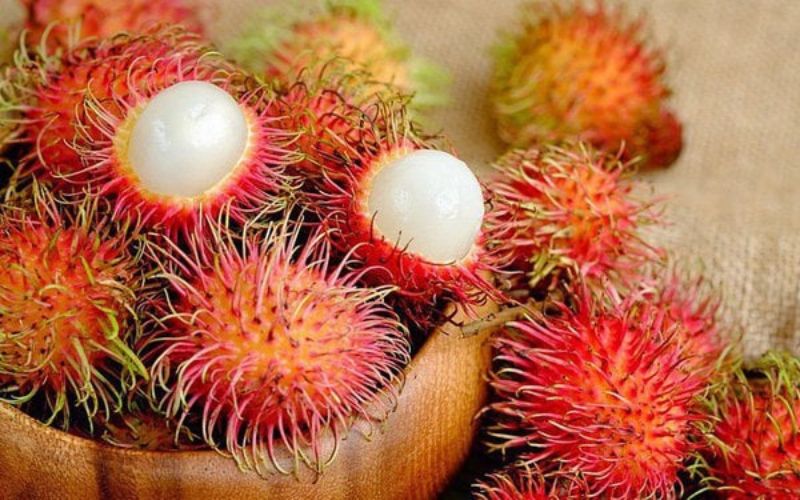
4. Nhãn (Longan)
Longan, a favourite snack in Vietnam, is easily found in big bushels at street markets. Known as the ‘dragon’s eye,’ it’s often compared to lychee but has a slightly sweeter flavour and more flesh.
How to eat it: Peel off the thin, brittle brown skin to reveal translucent fruit with a hard, shiny black seed. Longan is enjoyed on its own or in a cold sweet soup with lotus seeds (chè hạt sen nhãn lồng).
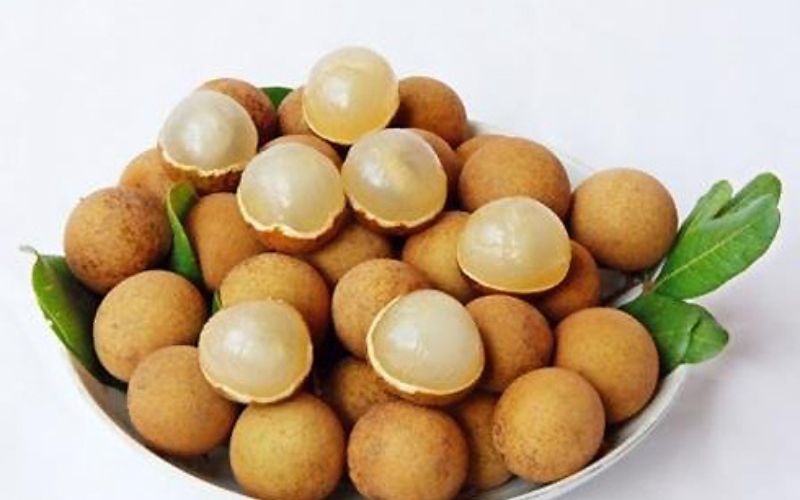
5. Bưởi (Pomelo)
Pomelos are like the big siblings of grapefruits but with a milder taste. These large, slightly oblong citrus fruits are green and faintly yellow when ripe. In Vietnam, you can find them throughout most of the year and showcase them during special occasions.
How to eat it: Once you cut open the pomelo, you’ll encounter a thick white pith blocking its pale yellow or pink flesh. The unique charm of pomelo lies in the curious little sacs filled with juice once you peel off the bitter-tasting pith. Pomelo is a popular ingredient in Vietnamese savoury salads like gỏi bưởi.
Discover Related Guides: 10 Most Famous Coffee Chains in Vietnam you should try once
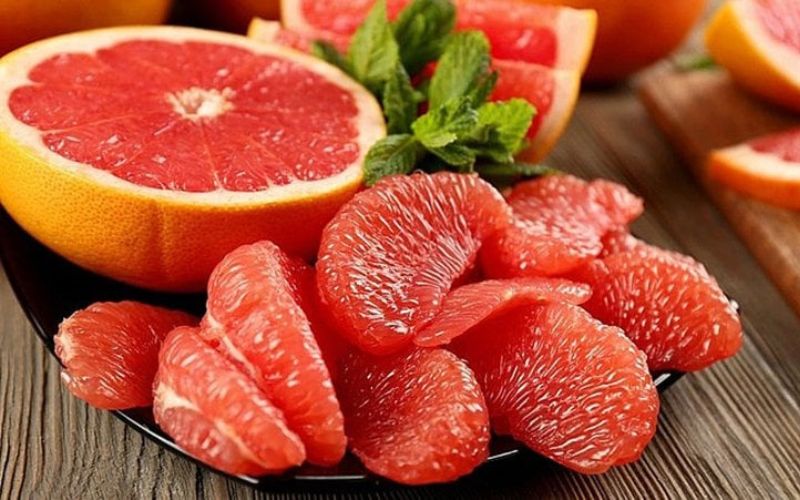
6. Thanh Long (Dragon Fruit)
In discussions about Vietnamese fruits, the dragon fruit is a standout. Dragon fruit, grown widely in the Mekong Delta, has a bizarre look with thick fuchsia rind and wispy green extensions outside. The pulp comes in either white or purple, adorned with tiny seeds.
How to eat it: Slice and remove the thick rind. Despite its health benefits, dragon fruit has a mild, almost watery taste and is often enjoyed as a palate cleanser.
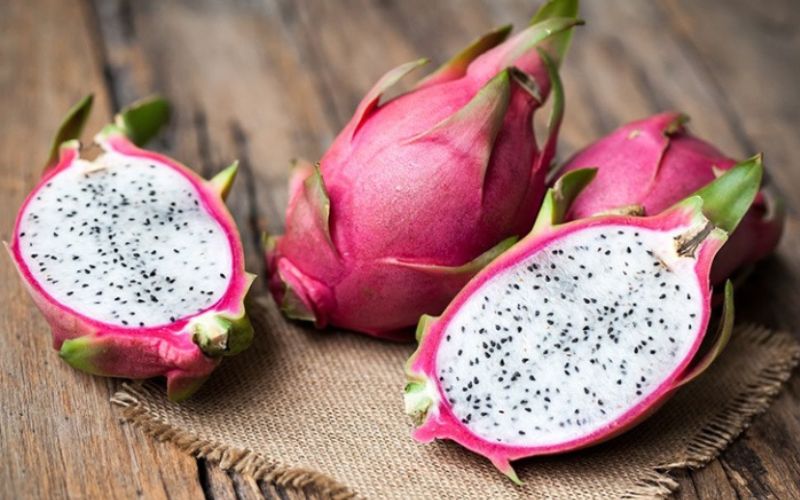
7. Xoài (Mango)
Tropical fruits in Vietnam, such as dragon fruit, mango, and jackfruit, offer a delightful array of flavors and vibrant colors. Mangos, aromatic and juicy, are recognizable and beloved in Vietnam. Green mangoes are enjoyed as a snack dipped in chili salt and shredded in a savoury green mango salad (gỏi xoài).
How to eat it: Slice a ripe mango around its pit or cut sections off around the pit. Mangos can also be cut into sections, creating a criss-cross pattern along the skin for easy eating.
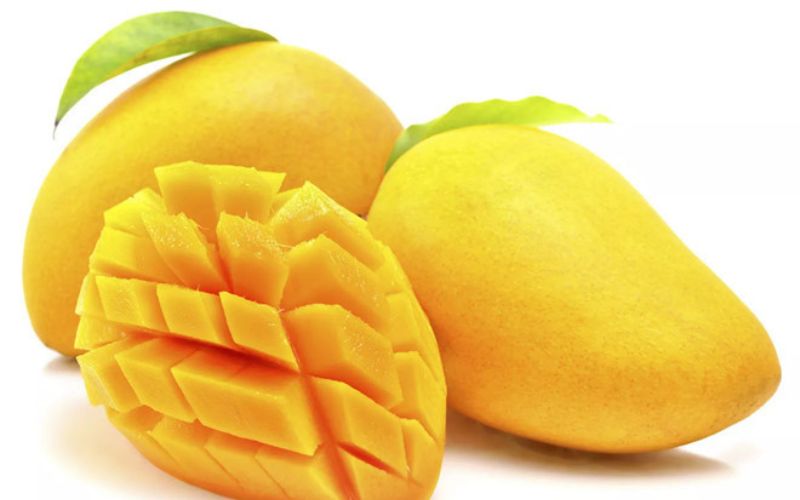
8. Quả Roi/Quả Mận (Rose Apple)
Shaped like a bell, rose apples have crispy and juicy flesh with a watery texture like melon. Despite its English name, it’s eaten similarly to an apple.
How to eat it: Munch around the core, avoiding the base, or slice it into quarters and enjoy.
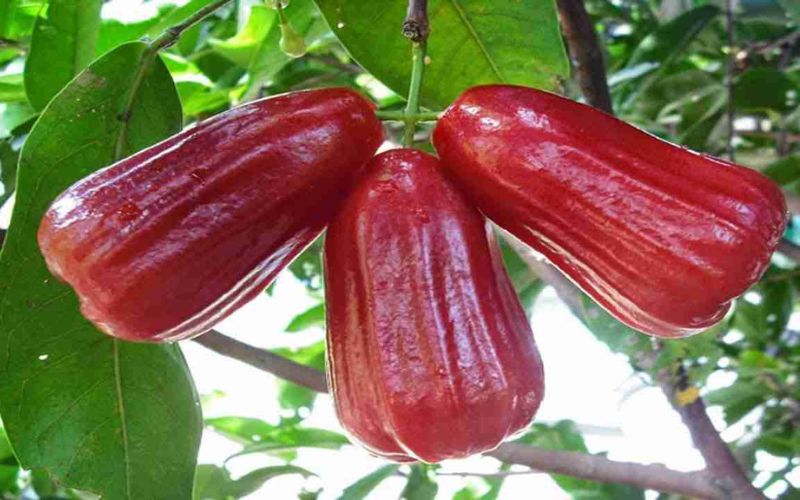
9. Vú Sữa (Star Apple)
Star apple, translating to ‘mother’s milk,’ is a spherical fruit with tight, shiny skin. The bitter skin and rind give way to white fruit with a mellow taste.
How to eat it: Cut it in half and scoop out the fruit with a spoon or press and roll it to release the juice inside, then puncture a hole in the bottom to suck out the milky juice.
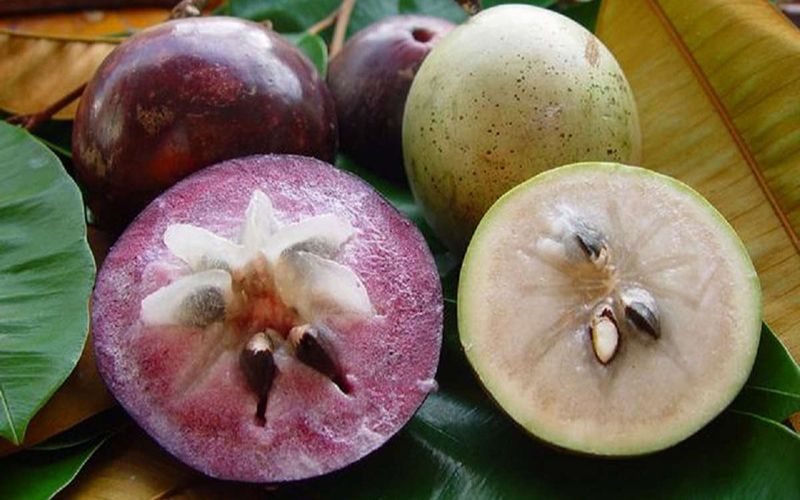
10. Ổi (Guava)
About the size of a softball, guavas are pear-shaped with a bumpy exterior and a light green color. Imported from Central America, guavas in Vietnam are green with white or pink flesh, offering a light, herbal flavor.
Explore More: 19 Must-Visit Nightlife Spots in Ho Chi Minh City
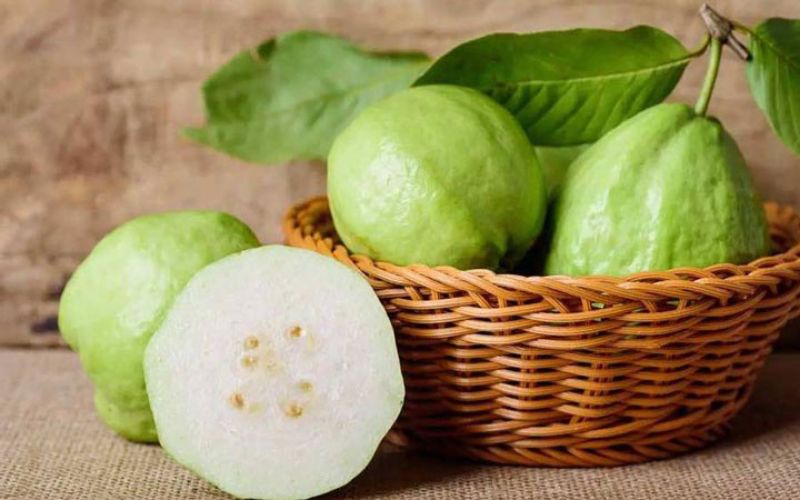
11. Chanh Leo (Passion Fruit)
Passion fruit is a favorite in Vietnamese kitchens, sporting a purple hue and about the size of a tennis ball. The seeds are edible, offering a refreshing flavor. Easily available at streetside cafes throughout the year, you can enjoy it as a juice (nước chanh leo) or paired with yogurt, shaved ice, and a hint of sugar (sữa chua chanh leo).
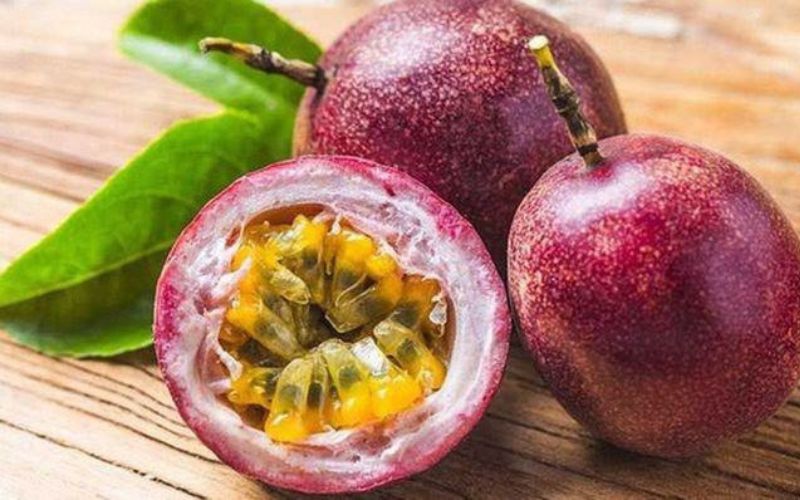
12. Sầu Riêng (Durian)
Recognized as the ‘monarch of fruits,’ durian gained fame for its strong scent. The custard-like texture and unique flavor make it a favorite among durian enthusiasts.
How to eat it: Durian is challenging to handle, but vendors can help you carve off a slice. Enjoy it in various ways like chè Thái, xôi sầu riêng (sticky rice with durian custard), or bánh pía, a puff pastry with creamy durian filling.
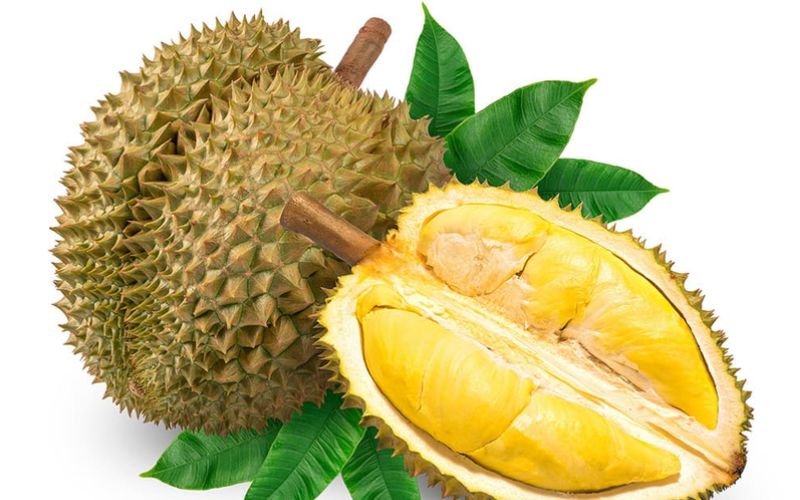
13. Mít (Jackfruit)
When discussing Vietnam’s national fruit, one cannot overlook the jackfruit. Often confused with durian, jackfruits are similar in size and color on the outside but differ inside. As the largest and heaviest fruits globally, jackfruits have a sweet, delicate taste.
How to eat it: Jackfruit is the most challenging fruit to open on this list, requiring help. Enjoy it in hoa quả dầm, a bowl of crushed ice, coconut cream, and mixed fruits.
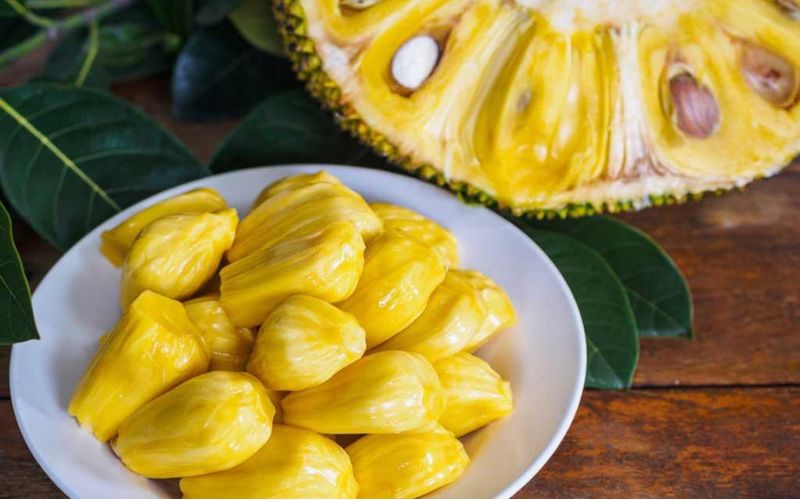
14. Vải (Lychee)
Lychee, rich in vital nutrients, prevents heart disease and aids digestion. Found in Bac Giang and Hai Duong, the most delicious lychee is available at the beginning of summer.
How to eat it: Peel the dark red skin by hand to reveal juicy white flesh. Serve it raw or make beverages like lychee tea and lychee cocktails.
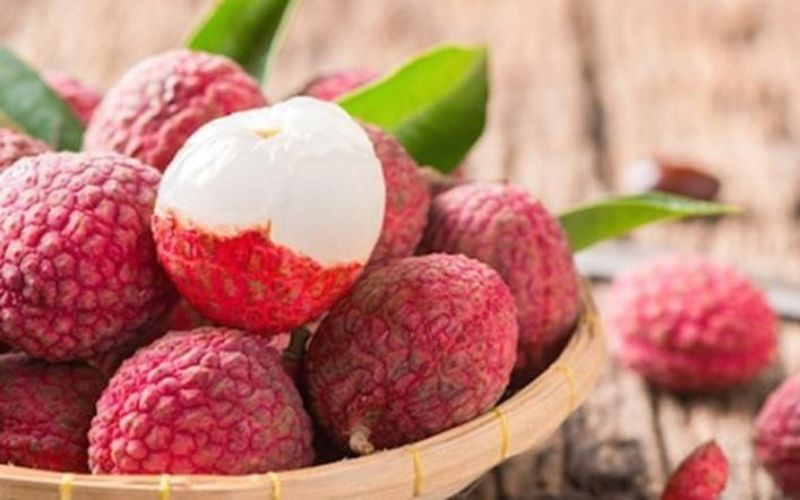
15. Hồng Xiêm (Sapodilla)
Rare in Western countries, sapodilla is a native Vietnamese fruit with an egg-shaped appearance and thin, brownish skin.
How to eat it: Wash the sapodilla, peel off the skin, and divide it into parts. Eat it directly or incorporate it into smoothies.
Explore More: 15 BEST Vietnamese films on Netflix you should not miss
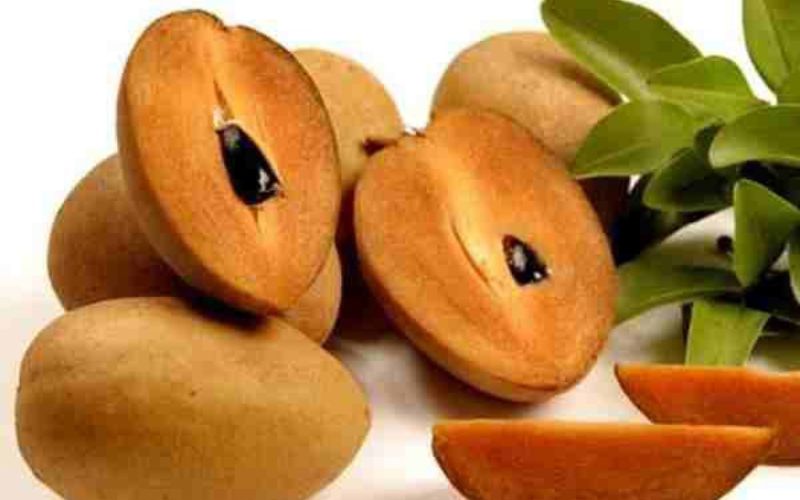
16. Mãng Cầu (Soursop)
Famous for its aroma and taste, soursop has an oval shape and a darker green color than Sweet-sop. The white flesh has a pineapple-like aroma and a sweet and sour taste.
How to eat it: Rinse the fruit, peel off the layer, remove the stem and inner core, then chop it into small pieces to enjoy.
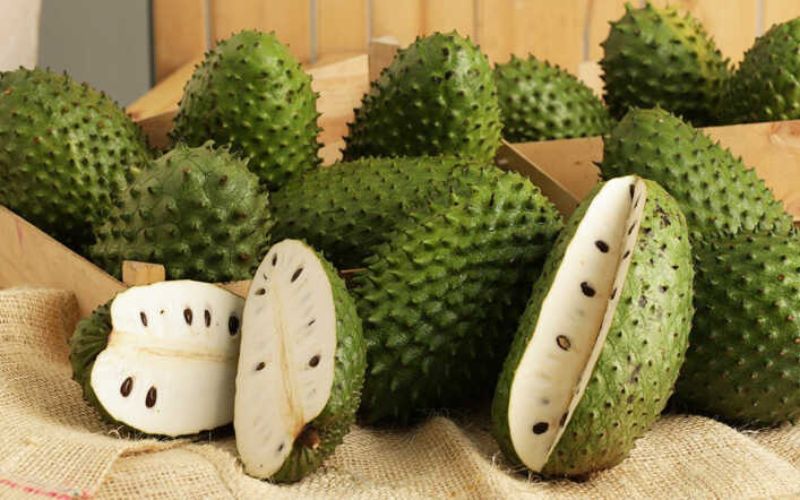
17. Na (Custard Apple)
Regarding Vietnamese fruits, the Custard Apple is a must-mention. Shaped like a bell, custard apples have a delicate and sweet flavor with extremely soft flesh.
How to eat it: Gently peel off the skin and dig in or eat the flesh with a spoon. Custard apples are high in proteins and vitamins, often presented in the five-fruit tray during the Tet holiday.
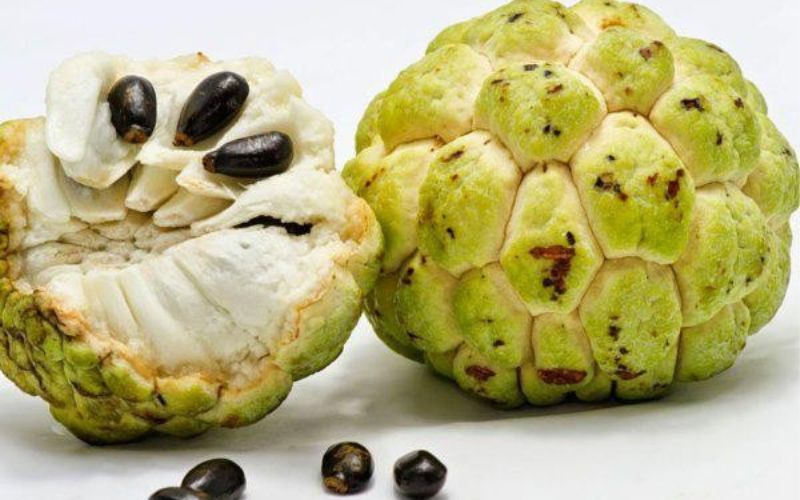
18. Cóc (Ambarella)
When it comes to fruits in Vietnam, one must mention the Ambarella. Ambarella, an edible fruit tree, has thick, hard, crunchy pulp with a sweet and sour taste. How to eat it? Wash the fruit, peel off the skin. Eat it as it is or cut it in half.
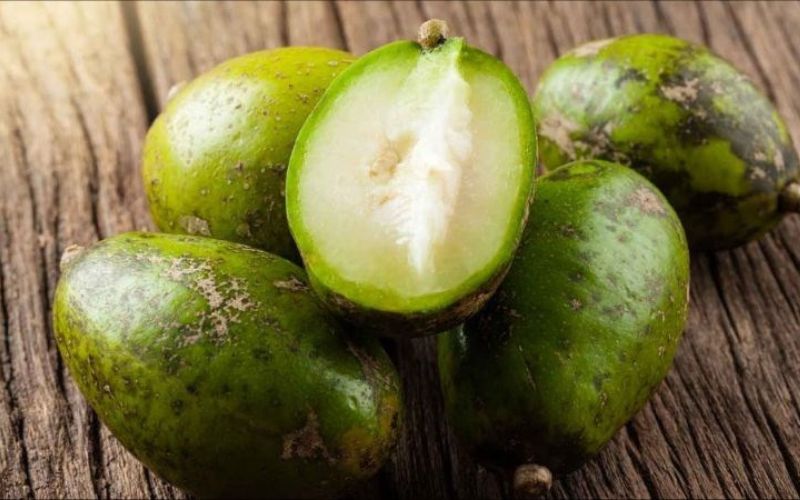
19. Đu Đủ (Papaya)
Papaya is not only a fresh fruit but also a crucial ingredient in Vietnamese dishes, appearing in the five-fruit tray during the Tet holiday. It has an eye-catching yellow or orange-colored flesh with a fresh, saccharine taste.
How to eat it: Remove the skin, then chop the papaya into cubes or slices for a tasty treat. Keep it in the refrigerator to keep it fresh.
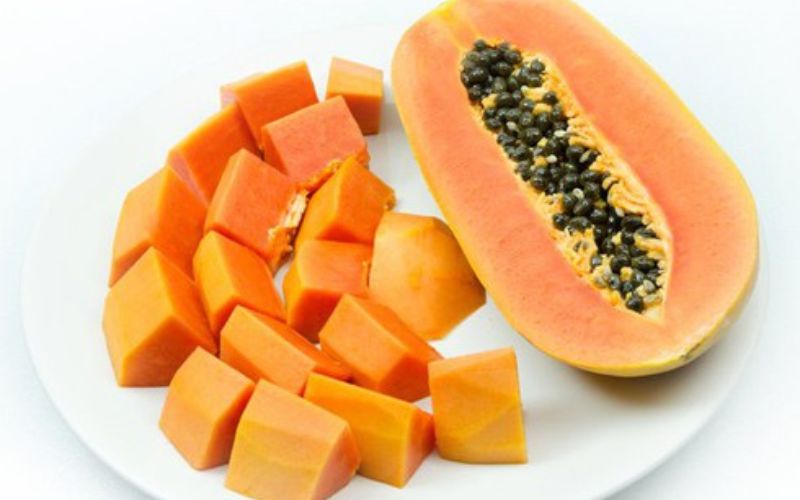
20. Bòn Bon (Langsat)
The List of fruits in Vietnam includes a diverse range of tropical delights, and among them, the bòn bon fruit stands out with its unique and delightful flavor. Langsat has a sour taste before ripe, becoming perfectly sweet and juicy when ripe. Available from May to October, mostly in Quang Nam, Central Vietnam.
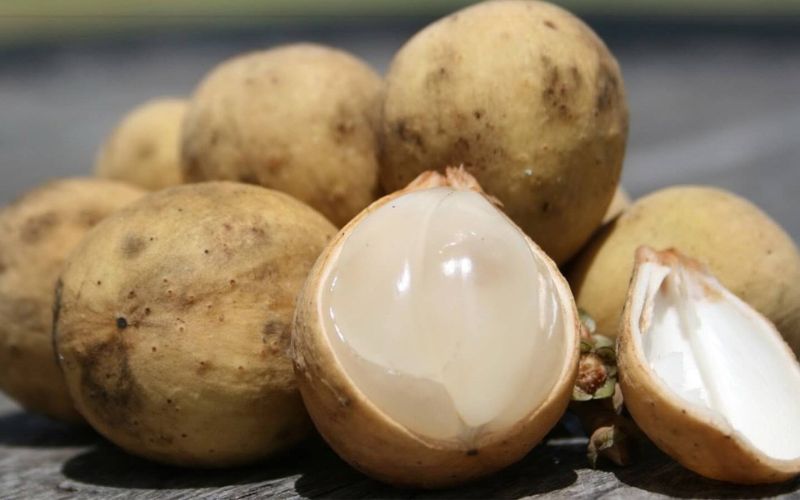
21. Dừa (Coconut)
Nipa palm, emerging copiously from the Mekong Delta river banks, grows in bunches with small fruits sticking together.
How to eat it: The dark brown crust is shaped like a drop of water, and the translucent pulp is sweet. Scoop out the pulp for a perfect ingredient in desserts.
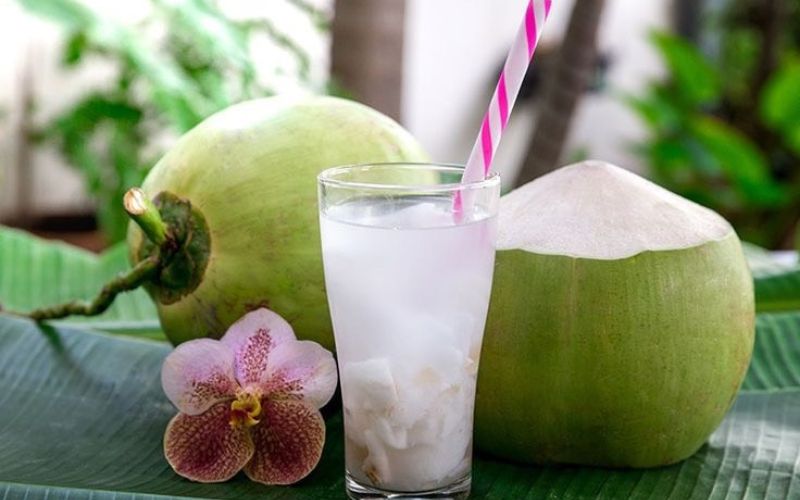
In conclusion, exploring the vibrant world of fruits in Vietnam is a delightful adventure. With each bite, you discover a burst of unique flavors, making it a memorable experience. Don’t forget to follow VTJ for more updates on new articles.






